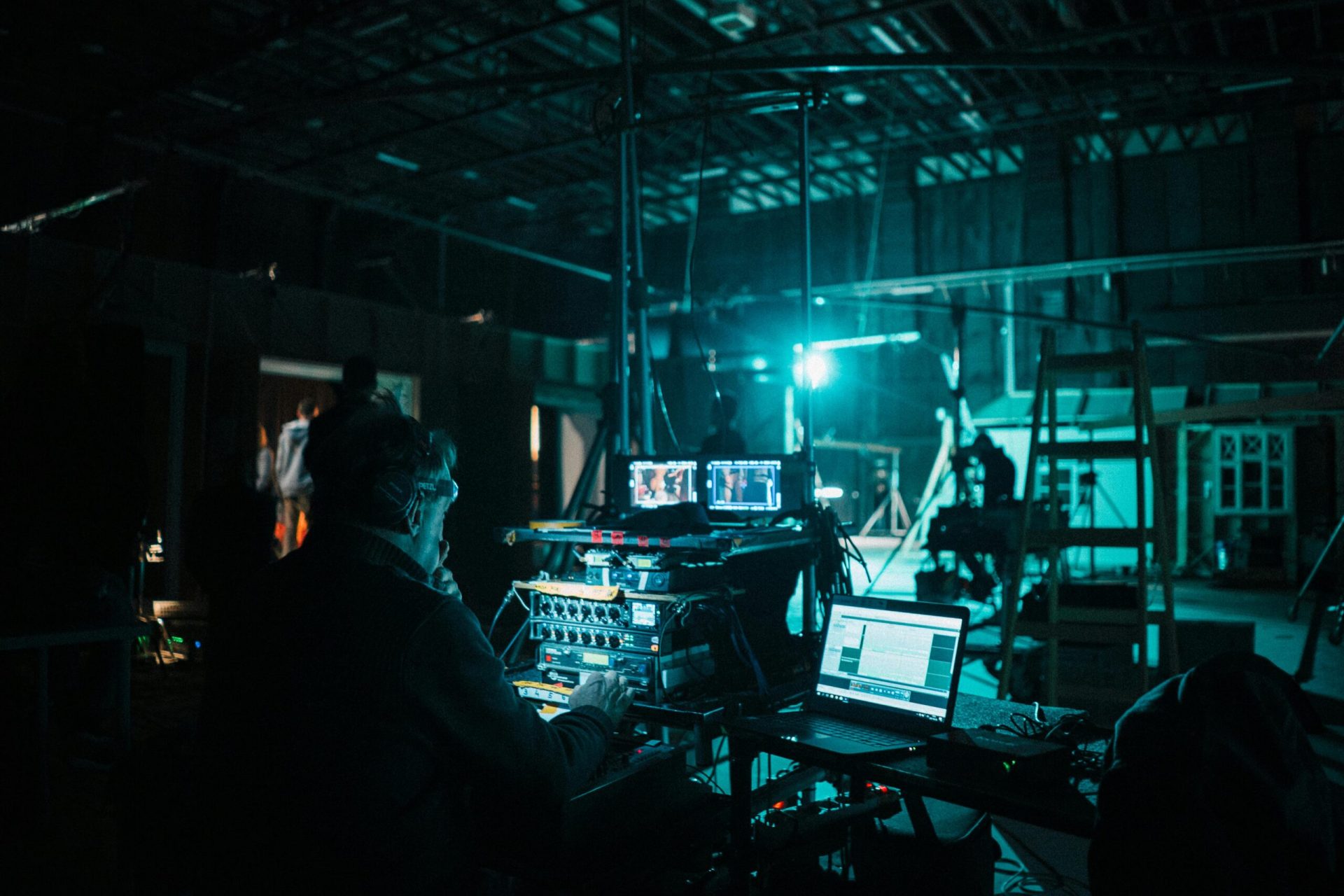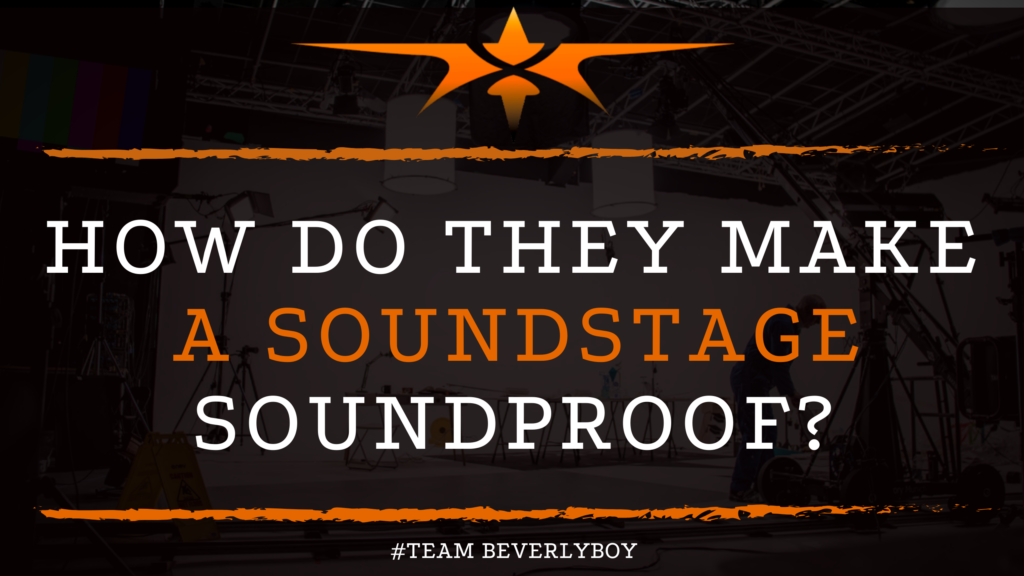How Do They Make a Soundstage Soundproof?
Building a soundstage is an important part of any film studio or set. Depending on the underlying needs for the production, the structure, size and soundproofing of the soundstage make up the key components of importance for the film crew to consider. In fact, some would say that building a soundstage is really all about how well it’s soundproofed. So that there are not any surprises when filming, but how do they make a soundstage soundproof?

Soundstages can be soundproofed using a variety of techniques. Depending on the size, location, and amount of external noise that must be compensated for. Various styles and types of soundproofing material may be incorporated into the build to ensure a soundproof stage.
After all, the main goal is to ensure that there are no external noises that interfere with the production.
Soundproof Materials
Soundproofing a soundstage is an important step in the build. Many different soundproofing materials can be used to achieve the desired level of external noise reduction. And internal soundproofing to minimize echo.
Industrial soundproofing insulation and padding is commonly used throughout the structure during the build to ensure soundproofing of the soundstage.
Insulation
The use of soundproofing rubber mats on walk areas, under the floor of the soundstage can be used to minimize echoes that may otherwise interfere with audio recordings.
For more soundproofing, especially in structures that do not have soundproofing insulation between the walls. Soundproofing insulation can be glued to the walls for additional soundproofing coverage.
The application of soundproof panels over top of any soundproofing insulation that is applied to the walls will further reduce any presence of external noises coming into the soundstage.
As well as working to reduce the amount of sound. That could potentially be heard outside of the soundstage.
How Do They Make a Soundstage Soundproof?
In addition to the use of various soundproofing materials to make a soundstage soundproof. Steps are taken to ensure that every wall, all sides, have soundproof material applied.
Soundproofing a soundstage is all about applying the right amount of soundproofing material to the structure both inside, and out.
Most soundstages include soundproofing material that is applied to the ceiling, insulation that is included behind soundproof panels or in the attic ways, and external soundproof materials on the roof.
Going down all of the walls, the soundstage will have multiple layers of soundproofing insulation, and soundproofing panels to prevent any sounds from entering, or exiting the building.
Keep in Mind
Remember, when soundproofing a soundstage, the goal is to prevent noises that come from typical human activity, transportation, inclement weather, and various other sources from entering the soundstage area.
Sound insulation can also help to prevent noises that are caused by vehicle vibration on nearby roadways from entering the unit.
In fact, this is why soundstages generally have raised floors. In which, underneath the flooring, industrial style soundproofing material, rubber matting, and thick soundproof carpeting can be applied in layers.
To reduce presence of vibration or other external sounds while also minimizing internal echoes from occurring.
In Summary
So, how do they make a soundstage soundproof? Several steps are taken to ensure a soundstage is properly soundproofed so that external noises and internal noises are minimized during the production.
From the use of multiple layers and types of soundproofing material to the placement of things like cooling systems, or internal elements that are going to create sound.
The process of soundproofing a soundstage is as much a technical experience as it is a physically demanding process.
But, with the right equipment and a focus on absolute sound reduction, successfully soundproofing a soundstage is possible!


